Overview
Digital media services have changed the way we connect with our audience. This guide covers everything you need to know about digital media services from content creation to analytics. If you’re a business looking to boost your online presence, this Digital Media Services guide has you covered. In today’s digital age, having an online presence is key to any business. Whether you’re a small startup or an Enterprise corporation, understanding and effectively using digital media can make a big difference to your brand visibility, customer engagement and revenue growth.

What is Digital Media? Understanding the Digital Landscape
Digital media encompasses all content created, distributed, and consumed through electronic devices and online platforms. From social media posts to streaming video, digital media has transformed how we communicate, learn, and entertain ourselves. This article explores the various forms of digital media, its impact on society, and how businesses can leverage it for marketing and engagement.
Dicitionary.com defines Digital media as:
A video, audio, software, or other content that is created, edited, stored, or accessed in digital form, through numeric encoding and decoding of data: Passionate amateurs can now afford to make and distribute independent movies using digital media, without the prohibitive costs of film.
Digital Media Content Creation
Content is the backbone of digital marketing efforts. Quality content engages audiences and sets the stage for effective brand promotion. This section covers best practices for using digital media for content production.
Types of Digital Media Content:
Blogs

Written content is still important. Regular blog posts keep your audience informed and improve SEO. Digital media like blogs and articles are getting easier to create and publish thanks to platforms like WordPress and Medium. Blog posts can cover a wide range of topics from industry news, how to guides, opinion pieces and case studies. A well-crafted article can boost your company’s visibility, appearing in the top search results on Google. Make sure your blog posts are well-researched, well-written, and SEO optimized in order for them to be ost effective.
Videos

High quality video content can engage your audience more than text. Platforms like YouTube and Vimeo can easily distribute your long form video content to a wide audience while Instagram and TikTok can create viral loops for short-form content. Videos are a type of digital media that can include anything from product demos, tutorials, behind the scenes, customer testimonials and brand stories to mini-films and interviews. Make sure your videos are well scripted, visually appealing and provide value to your audience.
Podcasts

Digital media isn’t always visual. Audio content allows you to share your insights and stories in a more personal way. Tools like Anchor and Audacity can help you create professional podcasts. Podcasts are a great way to build a loyal audience and establish your brand as an industry authority. They can feature interviews with experts, discussions on trending topics and Q&A with your audience.
Infographics

Visual content like infographics can simplify complex information and make it more consumable. Infographics are a form of digital media that are great for presenting data, statistics and step by step guides. Use tools like Canva and Piktochart to create eye catching infographics that can be shared on social media and embedded in blog posts.
Digital Media Content Tools:
Canva
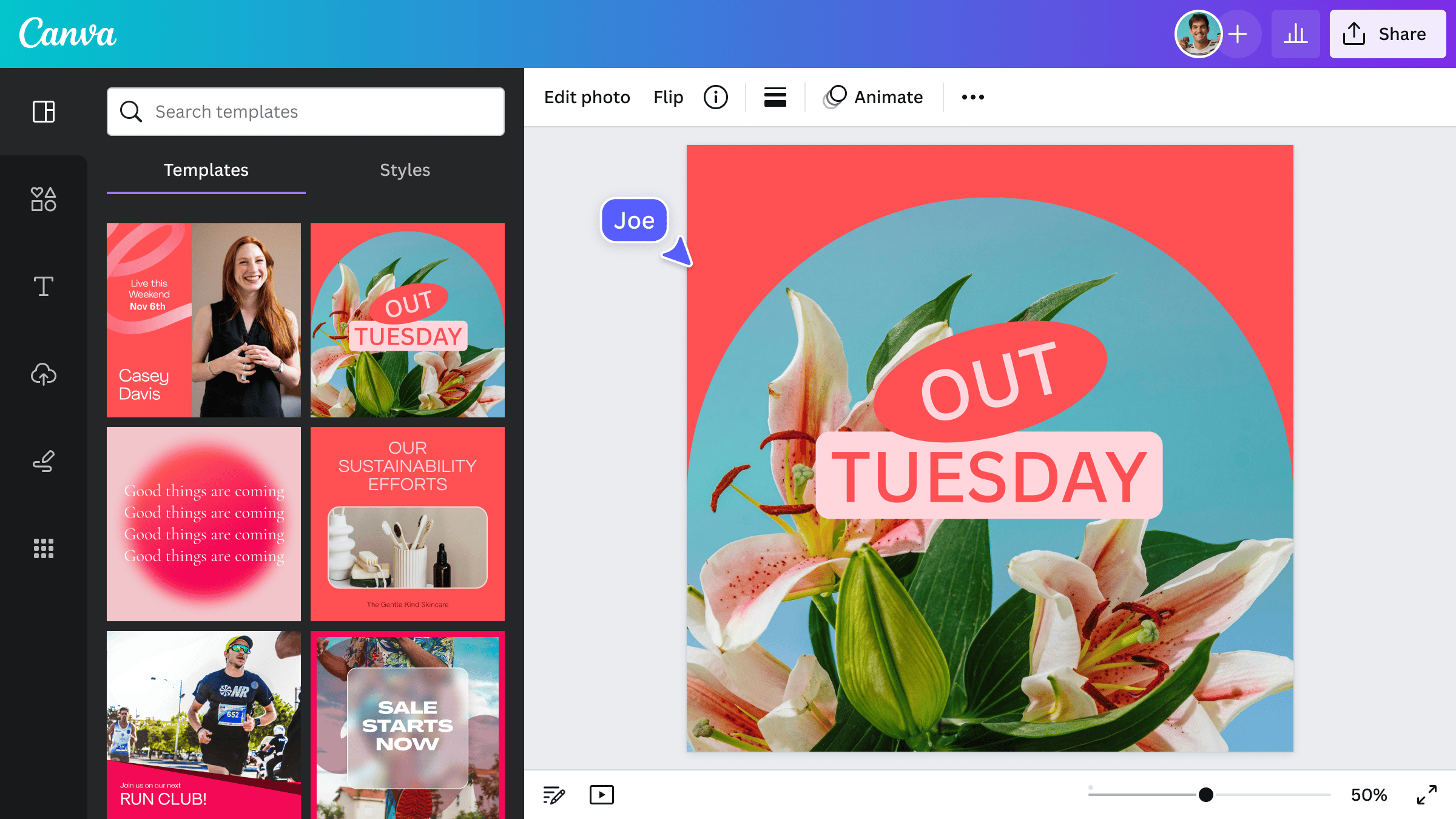
A digital media design tool for everyone. Canva has a user-friendly interface and a wide range of templates for social media graphics, presentations, posters, and more. Great for those who don’t have advanced graphic design skills.
Adobe Creative Suite
Professional tools for advanced content creation. Adobe Creative Suite is the digital media industry standard and features tools like Photoshop, Illustrator and Premiere Pro which offer powerful features for creating high quality graphics, illustrations and videos.
Grammarly
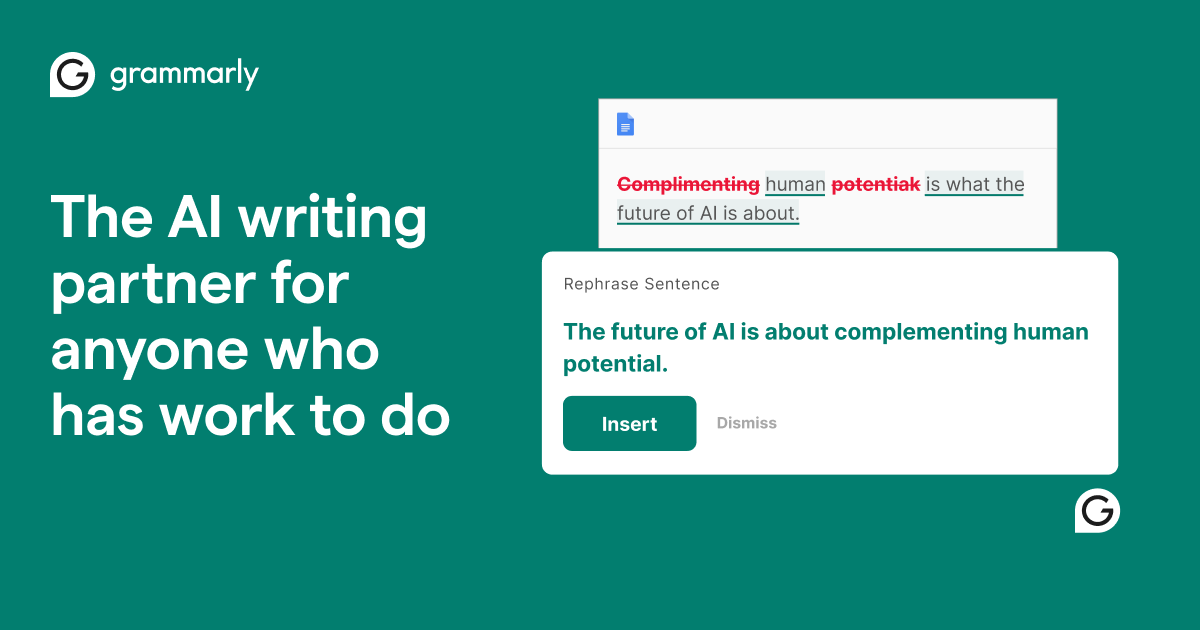
Makes sure your content is grammatically correct and clear. Grammarly is an AI-powered writing assistant that helps you write clear, concise, and error-free content. It checks for grammar, spelling, punctuation, and style and provides suggestions for improvement. Grammarly is a must-have for any written form of digital media.
Digital Media Engagement Tips:

Storytelling
Use narratives to make your content relatable and memorable. Storytelling creates an emotional connection with your audience making your content more engaging and impactful. Focus on creating a narrative arc with a clear beginning, middle, and end. Any digital media produced needs to have a good narrative in order to resonate with the intended audience.
Audience Research
Know your audience’s preferences and pain points. Conduct surveys, interviews and social media listening to gather insights into what your audience cares about and what type of content resonates with them.
Consistency
Keep a consistent brand voice and posting schedule. Consistency builds trust and credibility with your audience. Create a content calendar to plan and schedule your content in advance so you have a steady stream of fresh content.
Learn more about our digital media marketing services here.
Digital Media Content Distribution
Content distribution is key. This section covers:
Digital Media Channels
Social Media
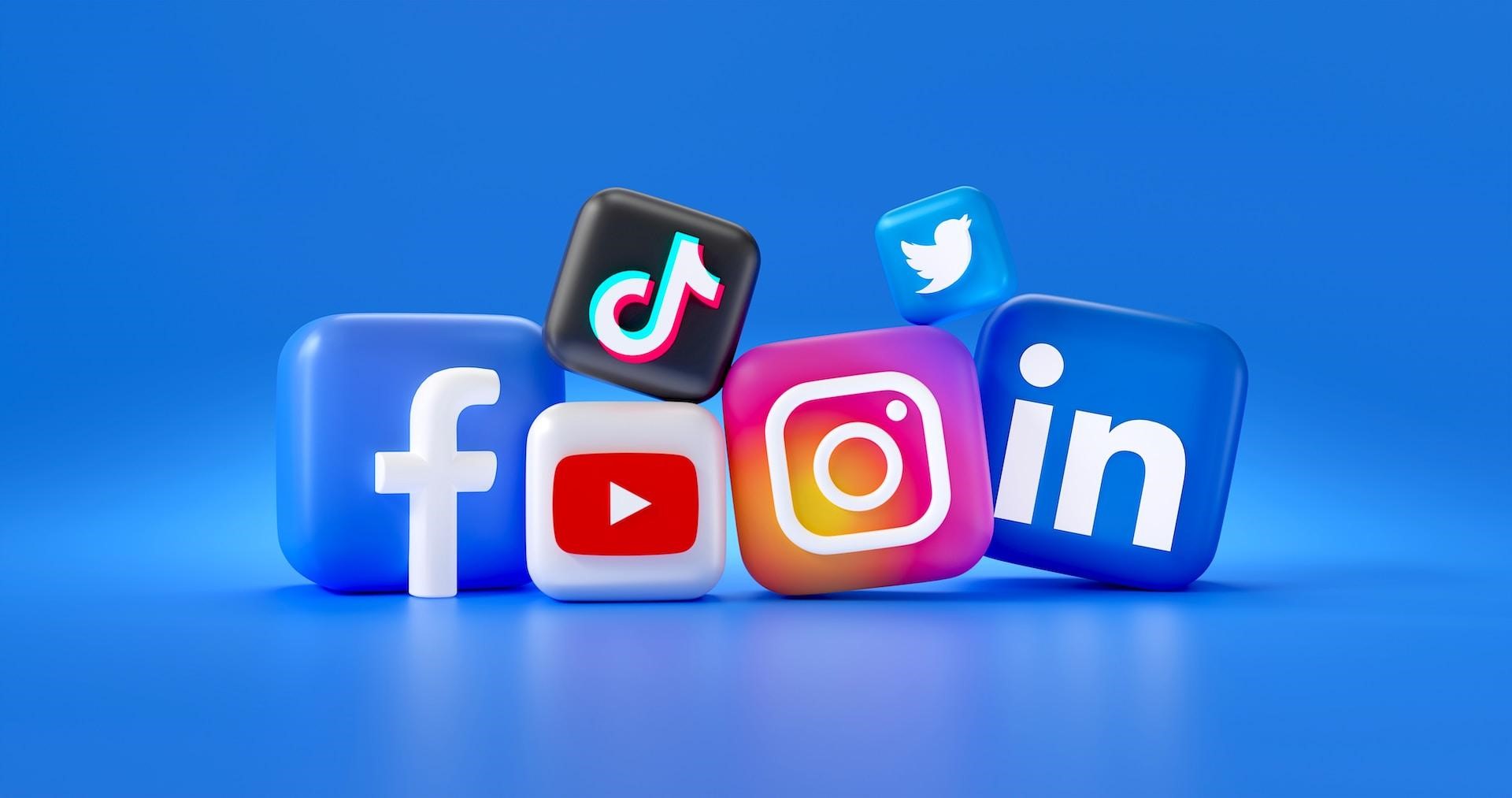
Platforms like Facebook, Twitter and Instagram are for a broad audience. Each platform has its own features and audience demographics so tailor your content accordingly. For example Instagram is great for visual content, Twitter for real-time updates and Facebook for community building and longer posts.
Email Marketing
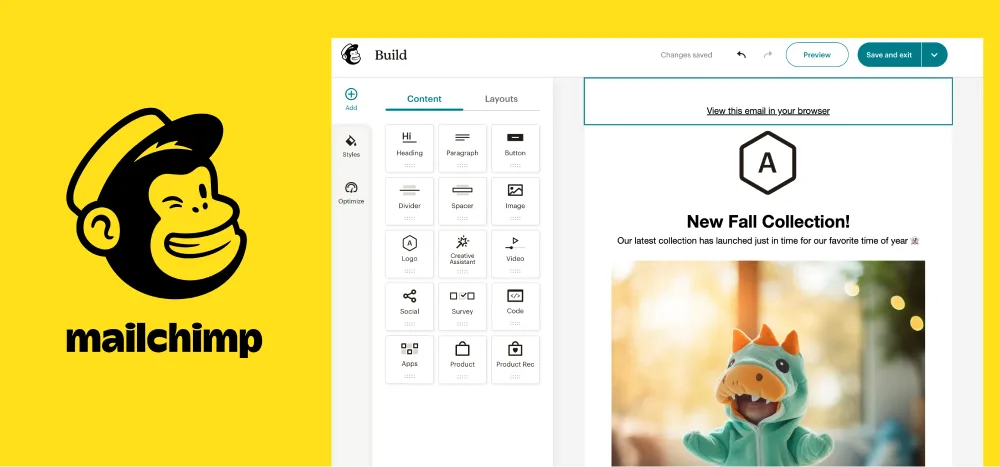
Reach your audience directly with personalized messages. Email marketing is a powerful tool for nurturing leads, building relationships and driving conversions. Segment your email list based on user behavior and preferences to deliver targeted and relevant content.
Content Management Systmes (CMS) | Content Hubs
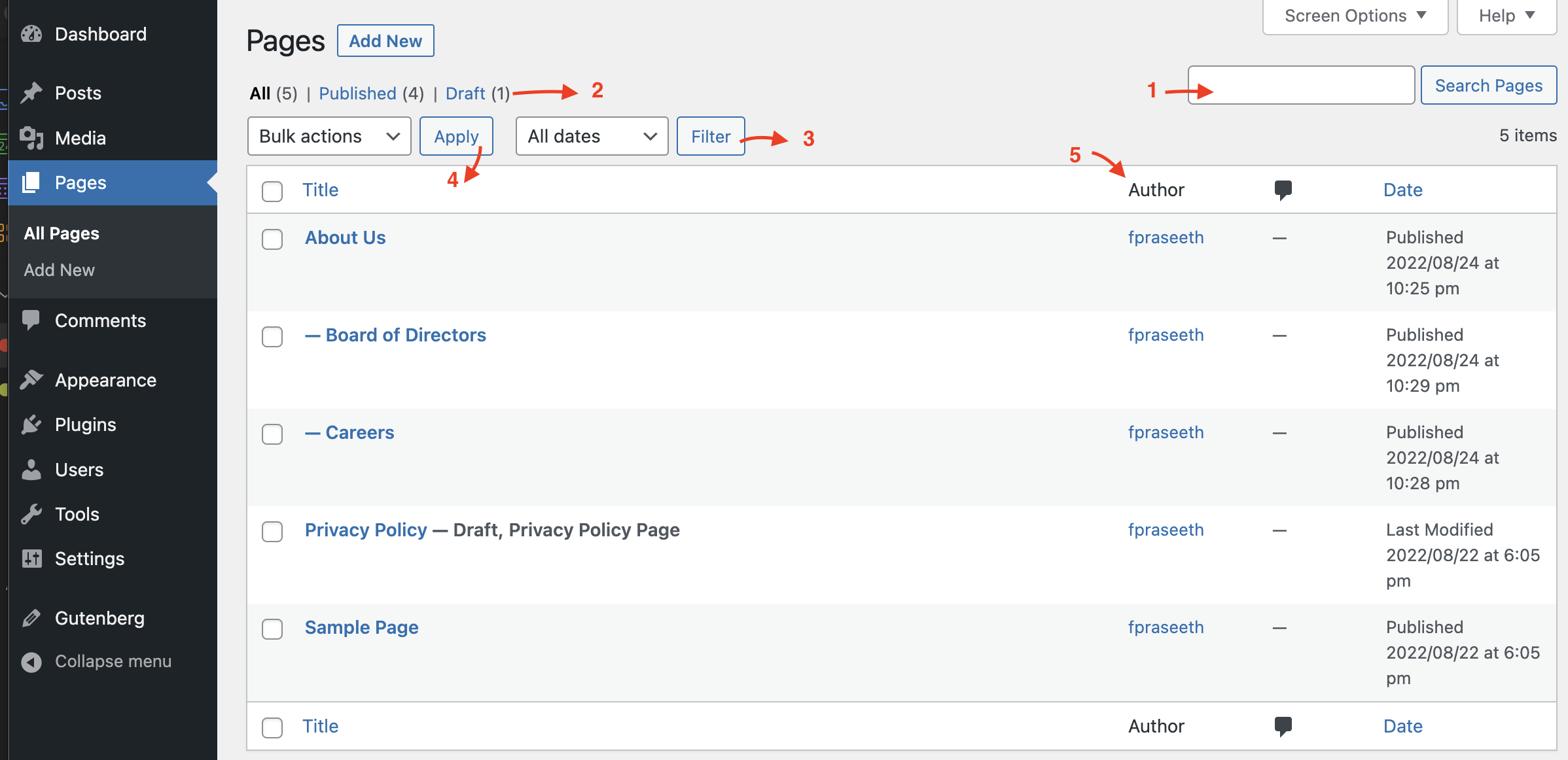
Centralised locations like blogs or websites where all your content can be found. A content hub is a one stop shop for your audience to find all your content including blog posts, videos, podcasts and infographics. It also improves your website’s SEO and provides a cohesive brand experience.
Content Calendars
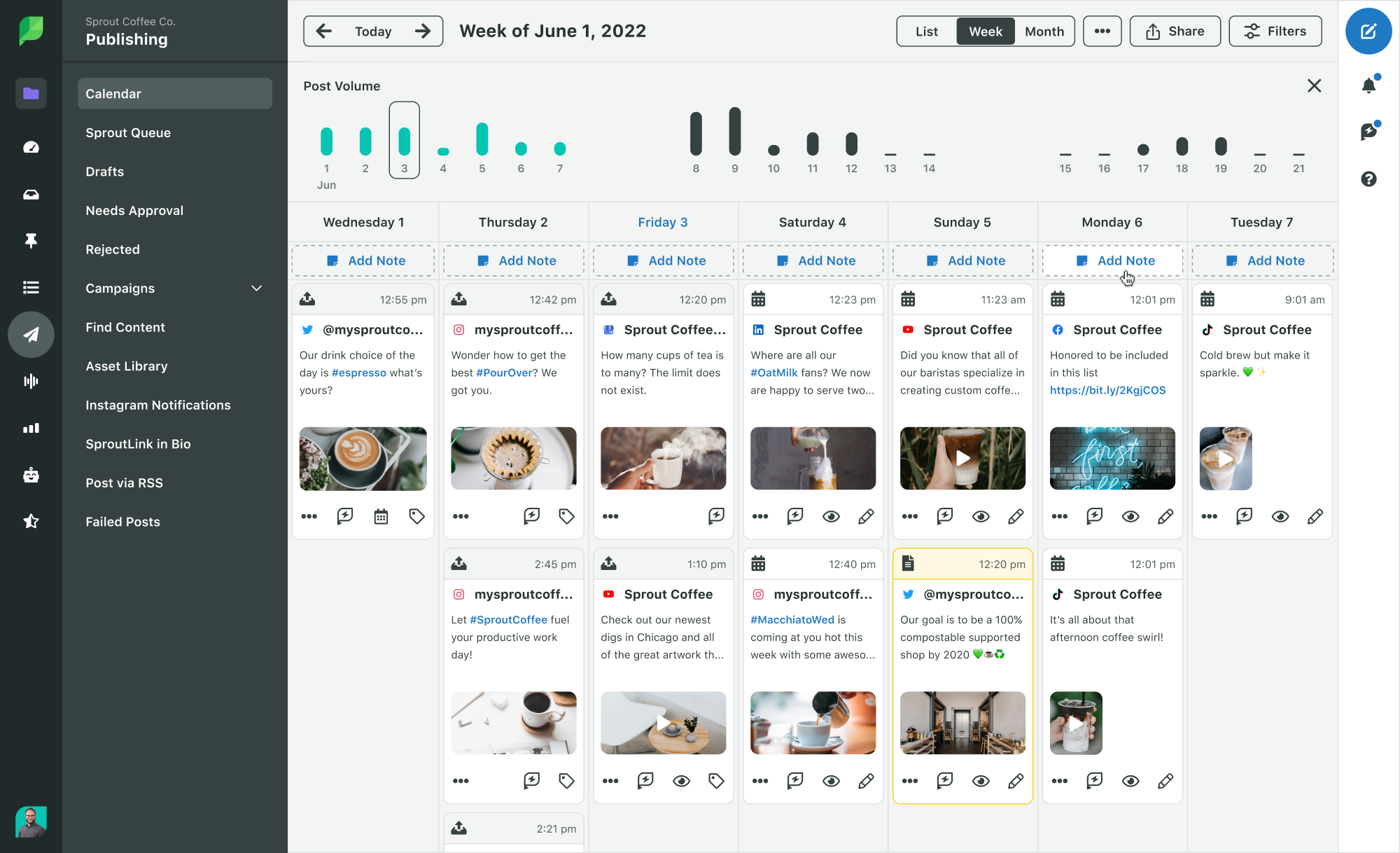
Having content is great but having a digital media release schedule to understand priorities and publishing dates is crucial in order to efficiently create and distribute your content.
Why: Helps you plan and schedule content so you don’t miss a beat. A content calendar gives you a clear overview of your content strategy and keeps you on track. It ensures you have a steady stream of content and prevents last minute scrambles to create and publish content.
How: Use tools like Trello or Asana to manage and organize your content schedules. Trello has a visual board for tracking tasks and deadlines and Asana is a full project management tool with features for assigning tasks, setting deadlines and collaborating with team members.
Automation Tools:
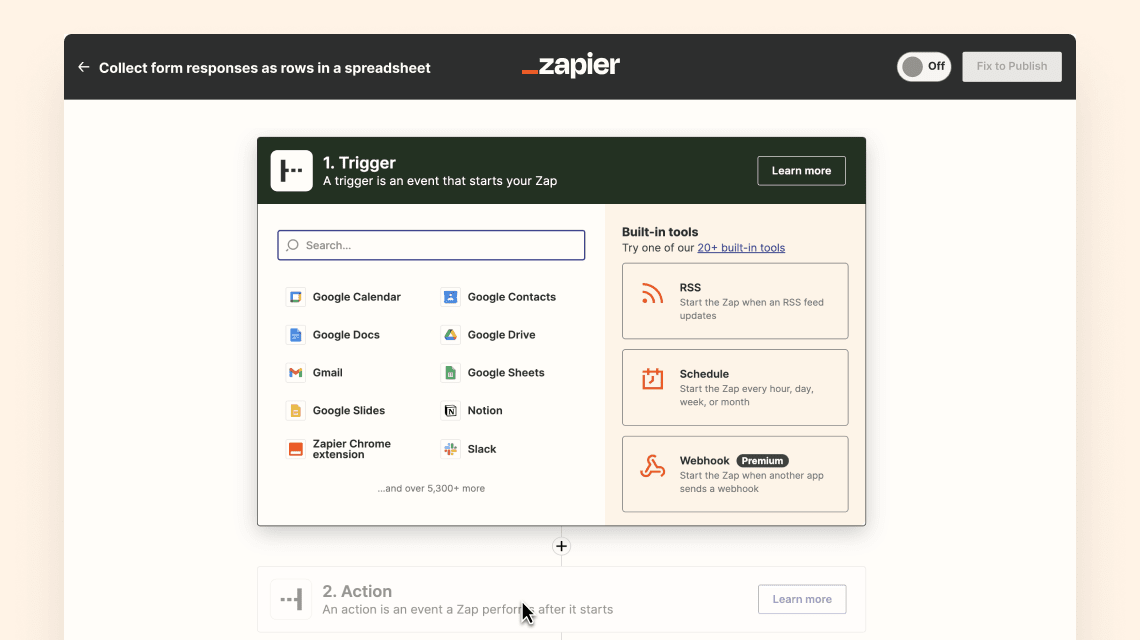
Creating digital media content is only part of the journey; planning how you distribute your digital media is just as crucial. Luckily, there are scheduling tools that help you plan, prepare, and publish your content.
Hootsuite: Scheduling and managing social media posts. Hootsuite helps you plan, schedule and publish content across multiple social media platforms from one dashboard. It also has analytics and monitoring features to track your posts and engage with your audience.
Buffer: Plan and publish social media content efficiently. Buffer has a simple and easy to use interface for scheduling posts, analyzing performance and managing multiple social media accounts.
Mailchimp: Automate email marketing campaigns. Mailchimp has features for designing email templates, segmenting your audience, automating email sequences and tracking campaign performance.
Digital Media SEO Optimization
SEO is key to content discoverability. Using tools like SEMrush, Ahrefs or Google Keyword Planner to find keywords is necessary to understand what digital media content you should be creating. Keyword research tools help you find popular search terms and phrases your target audience is using. Use those keywords strategically in your content to boost your search engine ranking
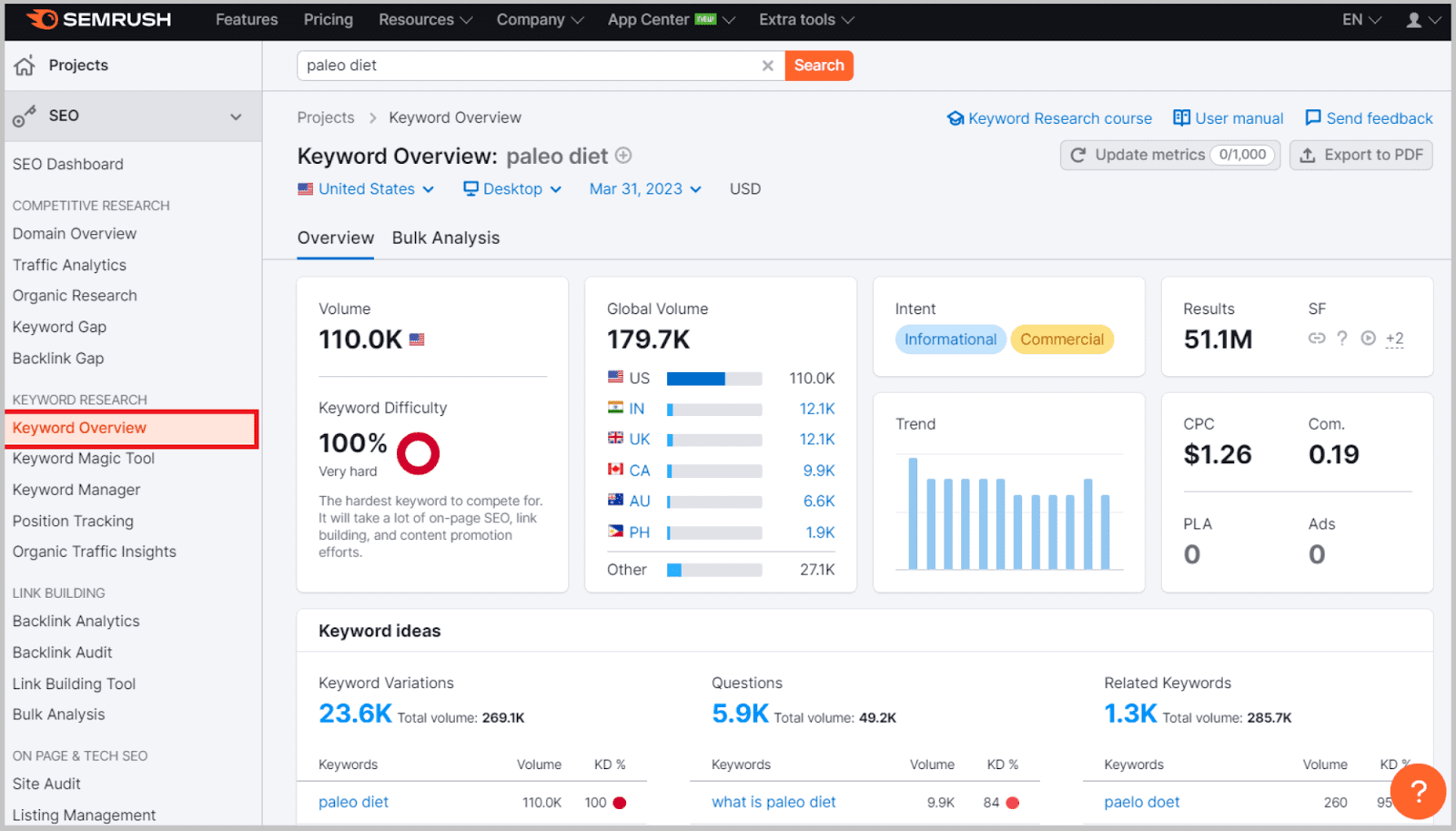
Keyword Integration
Placement
Integrate keywords naturally into titles, headings and body content without keyword stuffing. Make sure your keywords fit within the context of your content and don’t disrupt the flow. Over keywording can harm your SEO and make your content hard to read.
Meta Descriptions and Formatting
Best Practices: Write a compelling meta description that includes your target keywords and is click worthy. A good meta description is a brief summary of your content and entices users to click on your link. Keep it short (150-160 characters) and include a CTA.
Readability: Use headings (H1, H2, H3) to structure your content, make it easy to read. Proper formatting improves the user experience and makes it easier for search engines to crawl and index your content. Use bullet points, numbered lists and short paragraphs to make it more readable.
SEO Tools
Google Analytics
Track your website traffic. Google Analytics gives you valuable insights into your website’s performance, traffic sources, user behavior and conversion rates. Use this data to optimize your content and your SEO strategy.
Moz
SEO insights and recommendations. Moz has tools for keyword research, site audits, link building and rank tracking. It helps you find and fix SEO issues and improve your website’s search engine visibility.
Yoast SEO
A WordPress plugin that optimizes content for search engines. Yoast SEO gives you real-time feedback on your content’s SEO and readability. It suggests improvements for keyword usage, meta descriptions and internal linking.
Learn more about our digital media marketing services which include SEO here
Social Media Marketing & Digital Media
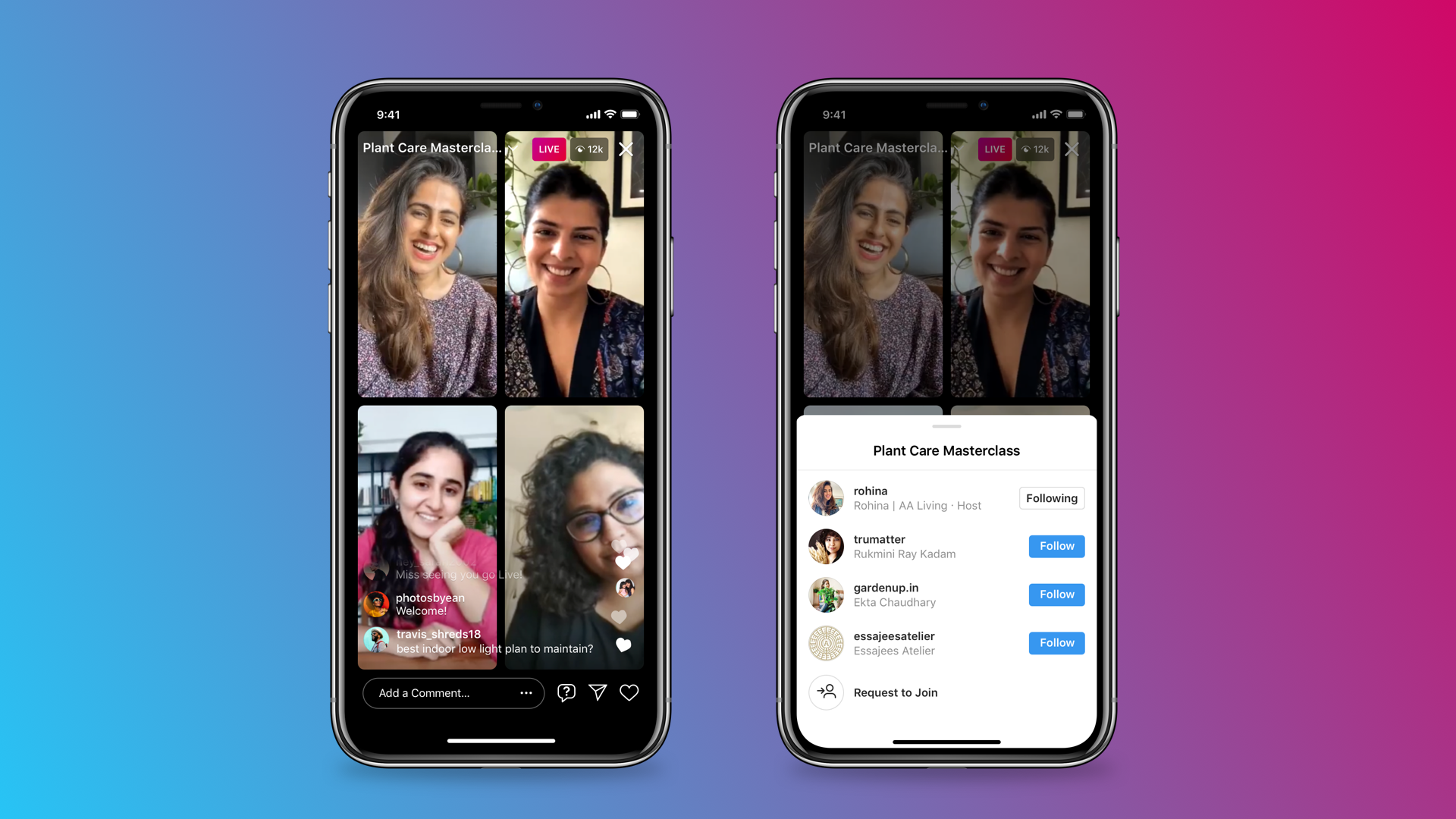
Platform Selection:
Target Audience Analysis: Choose platforms where your audience is most active. Do audience research to find out which social media platforms your target audience is on. Each platform has its strengths and caters to different demographics and interests.
Content Suitability: Different types of content performs better on different platforms (e.g. visual content on Instagram, professional content on LinkedIn). Tailor your content to fit the platform’s format and audience preferences. For example, use high quality images and short videos on Instagram, industry news and thought leadership articles on LinkedIn.
Content Scheduling:
Tools: Use Later or Sprout Social to schedule your posts in advance and maintain consistency. Content scheduling tools help you plan and publish your social media content at the best times to get maximum reach and engagement.
Timing: Post during peak hours when your audience is most active. Analyze your social media insights to find the best times to post. Experiment with different posting times and track the performance to find the optimal schedule for your audience.
Engagement Strategies:
Community Building: Engage with your audience through comments, direct messages and interactive content like polls and stories. Building a community on social media requires active participation and genuine interactions. Reply to comments, ask questions and encourage user generated content to make your audience feel part of the community and loyal to your brand.
Influencer Collaborations: Partner with influencers to reach a wider audience. Influencers have established trust and credibility with their followers, they are powerful advocates for your brand. Collaborate with influencers whose values align with your brand and whose audience matches your target demographic.
Email Marketing
Email marketing is still a great way to communicate directly. Learn how to:
Build Your Email Lists:
Techniques: Use lead magnets like free e-books or webinars to get sign-ups. Offer valuable incentives to get subscribers to your email list. Lead magnets should address your audience’s pain points and provide solutions.
Tools: ConvertKit and Mailchimp help you manage and grow your email lists. Email marketing tools have features for creating sign-up forms, managing subscribers and segmenting your audience based on different criteria.
Audience Segmentation:
Targeted Messaging: Segment your audience based on demographics, behavior or preferences to send more relevant emails. Segmentation allows you to send content that resonates with different parts of your audience. For example, you can segment based on purchase history, engagement level or geographic location.
Personalization: Use the recipient’s name and tailor content to their interests. Personalization goes beyond using the recipient’s name. Customize your email content based on the recipient’s preferences, past interactions and behavior. Personalized emails have higher open and click through rates which leads to better engagement and conversions.
Email Campaign Design:
Templates: Use pre-designed templates to make your emails look good. Email templates save time and ensures consistency in your email design. Choose templates that match your brand’s visual identity and are mobile and desktop friendly.
Call-to-Actions: Include clear and compelling CTAs to get user interaction and conversion. Your CTA should be specific, action oriented and stand out from the rest of the email content. Use contrasting colors and persuasive language to make your CTAs impossible to ignore.
Digital Media Analytics and Reporting
Good analytics is key to measuring success. This section will guide you through:
Setting KPIs:
Identifying Key Metrics: Track metrics like engagement, click through rates and conversion rates to measure success. Define clear and measurable KPIs that align with your business goals. Monitor these metrics regularly to track the performance of your digital media and identify areas to improve.
Analytics Tools:
Google Analytics: Gives you insights into website traffic and user behavior. Use Google Analytics to track key metrics like page views, bounce rate, average session duration and conversion rates. Set up goals and funnels to measure specific actions taken by users on your website.
HubSpot: An all-in-one tool for marketing, sales and service analytics. HubSpot has features for tracking email campaigns, social media performance, lead generation and customer interactions. It has detailed reports and dashboards to help you make data driven decisions.
Data Analysis:
Refine Campaigns: Use data to see what works and what doesn’t and adjust your strategy accordingly. Analyze your data to find trends, patterns and insights. Find what’s working and replicate it. For underperforming campaigns find the root cause and make adjustments to get better results.
Digital Media Emerging Trends
Stay ahead by understanding emerging trends in the digital media landscape. Explore:
New Technologies:
AI and Machine Learning: Use AI for content creation, personalization and customer service (e.g. chatbots). AI powered tools can automate repetitive tasks, provide personalized recommendations and enhance the overall customer experience. For example AI can analyze user behavior to deliver personalized content and product suggestions.
Augmented Reality (AR): Enhance user experience with interactive AR content. AR can create immersive experiences that engage and captivate your audience. Use AR to showcase products, provide virtual try-ons or create interactive brand experiences.
New Strategies:
Voice Search Optimization: Optimize for voice search queries. Voice search is getting more popular with the rise of smart speakers and virtual assistants. Optimize your content for voice search by using natural language, answering common questions and providing concise and direct answers.
Interactive Content: Use polls, quizzes and interactive videos to engage your audience. Interactive content encourages active participation and is more memorable. Use tools like Typeform and Interact to create interactive content that grabs your audience’s attention.
Digital Media Case Studies
Real life examples bring theory into practice. This section shows:
Successful Campaigns:
Example 1: A case study on how a brand used influencer marketing to increase engagement by 50%. A beauty brand partnered with influencers to promote their new product range. The influencers created authentic and engaging content and saw a massive increase in social media engagement, brand mentions and product sales.
Example 2: How a company used email marketing to increase sales by 30%. This case study shows how a retail company used personalized email campaigns to target different segments of their audience. By sending product recommendations and exclusive offers to each segment they saw a 30% increase in sales and improved customer loyalty.
Takeaways:
How to’s: What worked and how you can apply it to your campaigns. Analyze the key factors that contributed to each case study and what you can do with your own digital media strategy.
Conclusion
A digital media strategy that covers content creation, distribution, SEO, social media, email and analytics will supercharge your brand’s online presence and business growth. Stay ahead of the trends and technologies and refine your digital advertising strategy based on data and insights.
Digital Media Solutions
Monolith offers a suite of tailor-made Digital Media solutions to help your business get off the ground. From Digital Marketing, XR/AR/VR production, pre-production, post-production, and video production, in addition to live streaming and set-building services. We offer a full suite of offerings that can help your brand take off online.
Additional Resources
For more, a list of curated resources including advanced reading and essential digital and social media channels and tools is below. Here are a few to get you started:
Digital Media Books:
- “Content Inc.” by Joe Pulizzi: A content first business guide.
- “SEO 2023” by Adam Clarke: A SEO guide.
- “Hug Your Haters” by Jay Baer: A book on customer feedback and customer service.
Digital Media Online Courses:
- HubSpot Academy: Free courses on digital marketing, content marketing, SEO etc.
- Google Digital Garage: Free online courses on digital marketing and analytics.
- Coursera: Courses on digital marketing from top universities and institutions.
Digital Media Tools:
- SEMrush: Keyword research, competitor analysis and SEO audits.
- Ahrefs: SEO analysis, backlink research and content exploration.
- Buffer: Social media management tool for scheduling and analytics.
Use these resources to stay up to date with the latest trends and best practices in various digital platforms and media services and refine your digital marketing strategies.
Digital Media FAQs:
- What are digital media services? Digital media services include content creation, distribution and analytics to help brands engage with their audience online. This includes creating and managing digital content, optimizing it for search engines, distributing it across different platforms and analyzing its performance.
- Why is content creation important? Compelling content grabs and retains audience attention, the foundation of successful digital marketing. Good content builds brand awareness, educates your audience and drives engagement and conversions. It also plays a big role in SEO, helps your website rank higher in search engine results.
- How do I optimize my content for SEO? Use keyword research tools, write meta descriptions and make sure your content is readable and search engine friendly. Optimize your content with keywords, use headings and subheadings to structure your content and include internal and external links. Update your content regularly to keep it fresh and relevant.
- What are the best social media marketing tools? Tools like Hootsuite, Buffer and Sprout Social help you schedule posts, track engagement and analyze performance across platforms. These tools allow you to manage multiple social media accounts, schedule content in advance, monitor mentions and interactions and generate detailed reports on your social media performance.
- How do analytics improve digital media strategies? Analytics gives you insights into audience behavior, campaign performance and areas for improvement, helping you refine and optimize your strategies for better results. By tracking key metrics you can see what works and what doesn’t, adjust your tactics and make data driven decisions to improve your digital media efforts.
